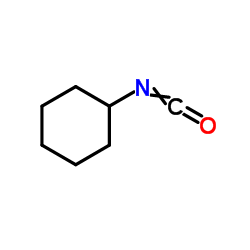| Structure | Name/CAS No. | Articles |
|---|---|---|
 |
cyclohexylisocyanate
CAS:3173-53-3 |
|
 |
1,3-Dicyclohexylurea
CAS:2387-23-7 |